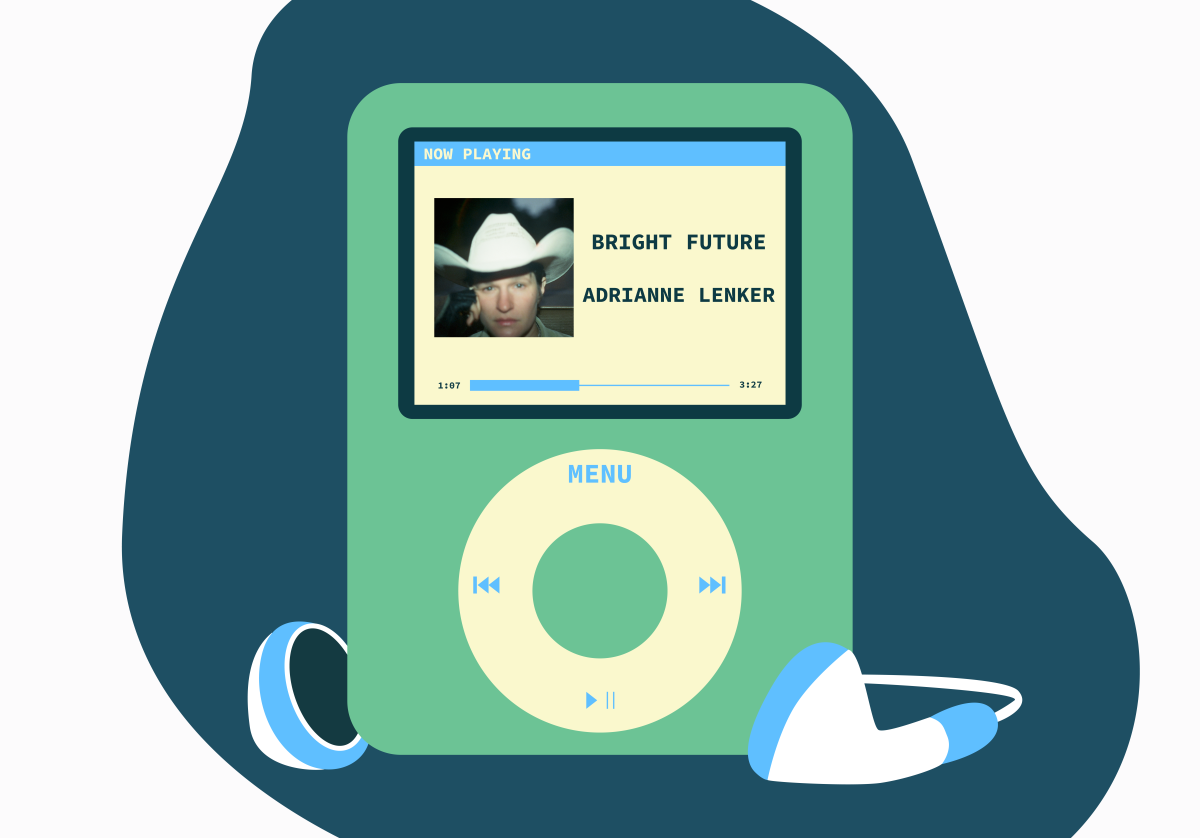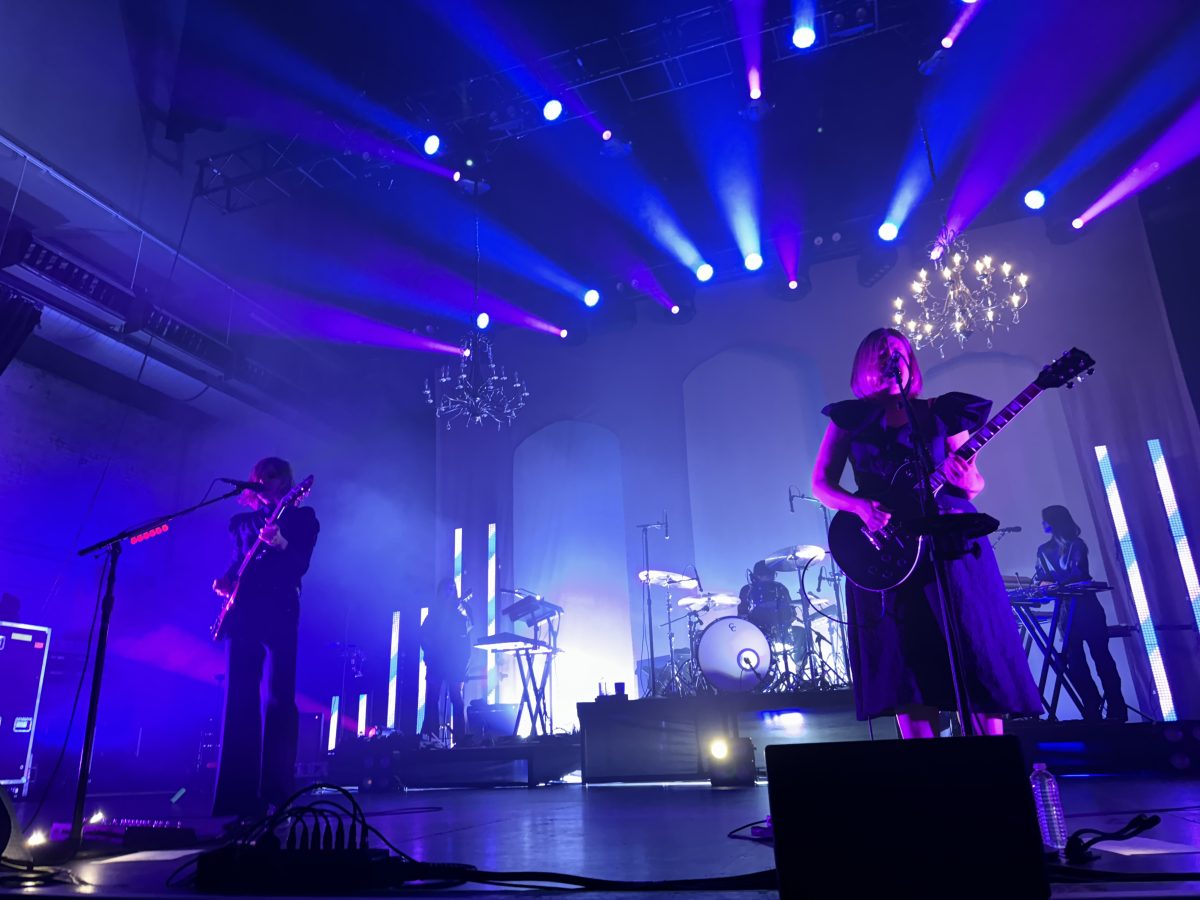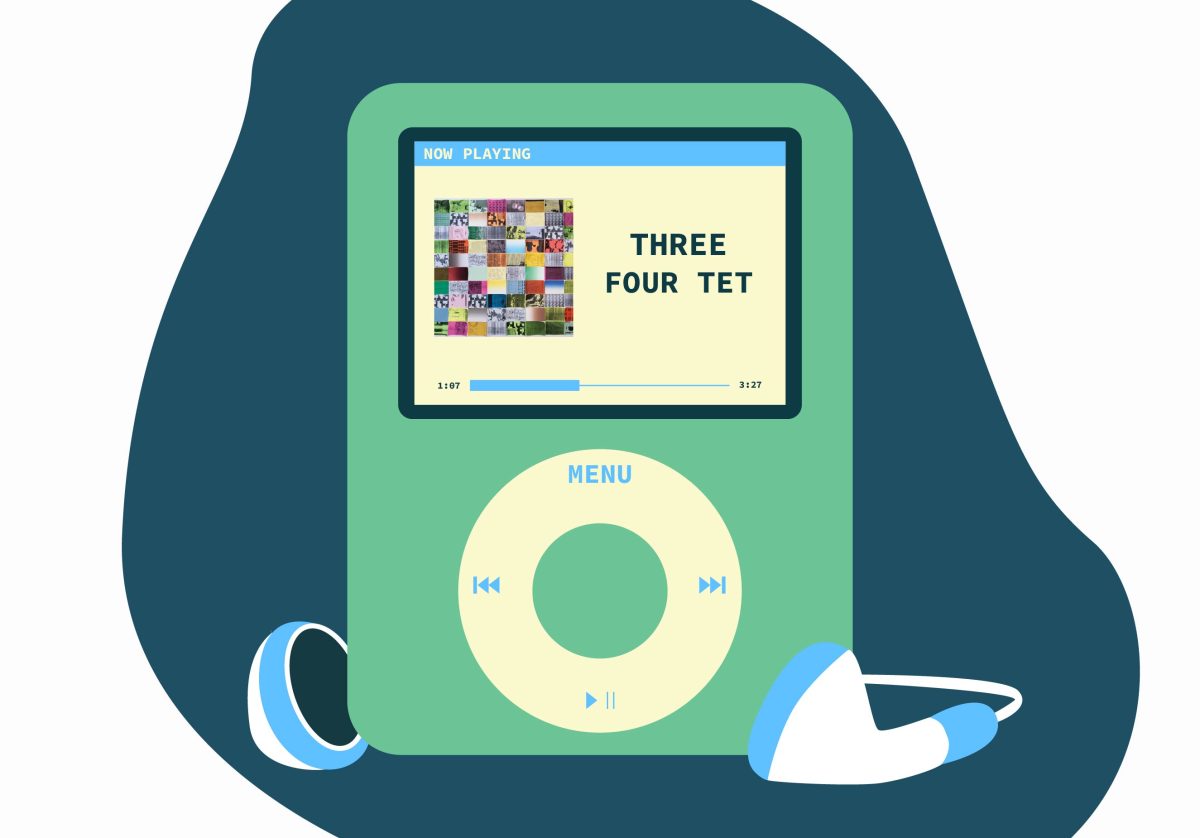Ivory-tickler Ignacio “Nachito” Herrera came to the Twin Cities in 2001 from Cuba when opportunities to play, teach and conduct proved too good to pass up.
Upon learning that his visa would not be reissued if he returned home, Herrera decided to stay and fight for a chance to remain with the aid of immigration attorneys.
“Two years after I decided to stay, I was able to bring my family over from Cuba,” Herrera said. “Obviously that was based on a mutual agreement after talking to my wife. It was a hard decision.”
But the Dakota Jazz Club and Artists’ Quarter regular has never been one to shy away from obstacles to his musical career.
When not on the road, Herrera practices eight to nine hours a day — three hours on technique, three hours on improvisation skills and the remainder on whatever is topically relevant.
He was raised by two piano players and was playing simple melodies by the age of 4.
By 7, he was taking lessons in Havana. By 12, he had wowed crowds with a performance of Rachmaninoff’s “Piano Concerto No. 2” — a piece of astounding difficulty that resulted in Herrera being lauded as a prodigy. By 15, he was learning Cuban styles from Rubén González of Buena Vista Social Club fame.
Herrera melds classical training with the rhythms and styles of his native land. His fiery performances, almost attacking his instrument of choice, have entertained audiences for years. Perhaps his early interest in the drums aided in his ferocity.
“I never save energy for my next performance,” Herrera said. “The audience is there for you in that time, that day and you need to give them 100 percent.”
His current project with the National Symphony Orchestra of Cuba saw him out of the country in recent weeks.
“We are working on different classical pieces for piano and turning them into different styles,” Herrera said. “You can play the same part in another style without changing anything.”
It’s an intriguing possibility that illustrates Herrera’s hybrid love of classical music, Latin jazz and the various national styles of Cuba.
His passion can leave him repeating his thoughts and reiterating his feelings while caught up in his vortex of ardor.
He became particularly animated when asked about the current funding difficulties and uncertain future of the Twin Cities’ orchestras.
“I am completely disappointed with what is happening. It is not good for the music, not good for the people,” Herrera said. “Music has always been something to keep people out of trouble.”
His concern for the future is genuine and personal. He wants to motivate the next generation to keep being musically active.
His son plays trumpet, and his daughter plays the violin; she used to accompany her father vocally during performances.
“I believe [music] is in the blood,” Herrera said. “We can’t live without music.”






















